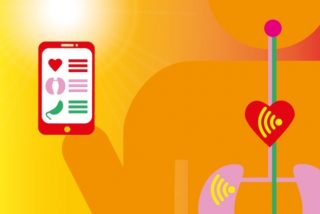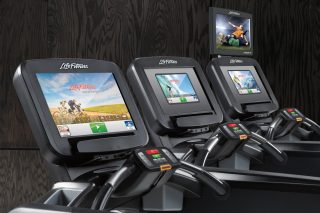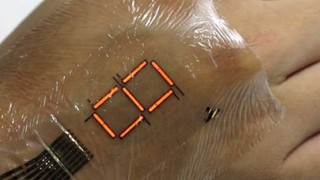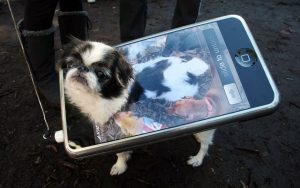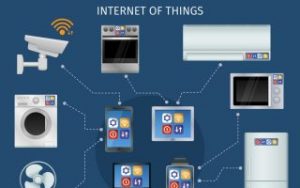
Mike Townsend at The Business Journals reports on how the IoT has a great potential for improving healthcare for the elderly, but in reality there are hurdles to overcome.
With this technology so readily available, it should be easy to identify adverse medication reactions or extreme ambulatory events (such as falls). If seniors are uncomfortable having these devices send alerts on their behalf, they could instead notify next-of-kin — an important step that could save lives by helping seniors and their caregivers identify unreported health problems.
